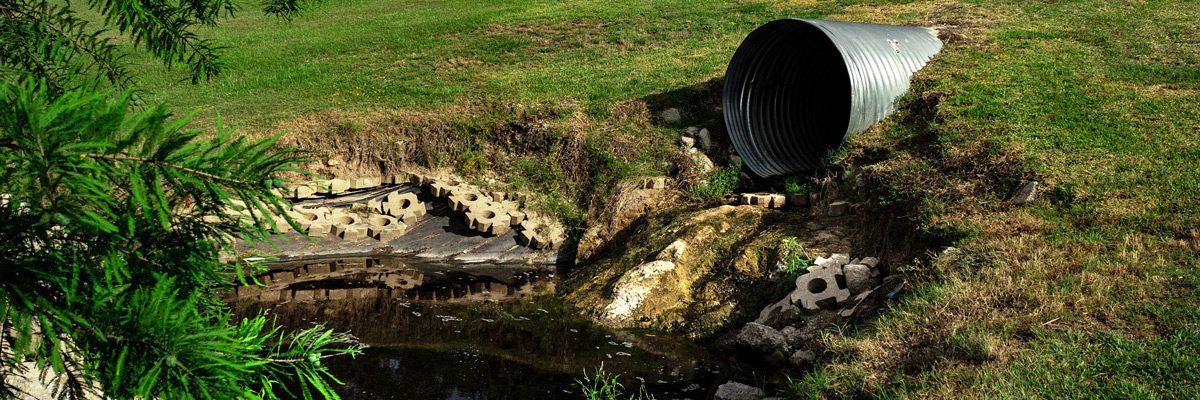Residential energy conservation has stagnated somewhat in the last 3 or 4 years. I do not know what the dampers are, whether it is price or attitude for instance. New houses are a lot more efficient but the efforts to improve existing housing stock have stalled. Here is an article about those latest techniques.
http://www.nyserda.ny.gov/Energy-Efficiency-and-Renewable-Programs/Residential/Emerging-Technologies-and-Accelerated-Commercialization.aspx
Emerging Technologies and Accelerated Commercialization (ETAC) in the Residential Sector
Opportunities to achieve energy-efficiency gains in the residential sector beyond traditional building and retrofit techniques have been limited by underutilization of emerging technologies that are commercially-available, but face barriers to widespread adoption in the industry. Technologies and techniques such as solid state lighting, lighting controls, home energy management systems, smart-grid integration, micro-combined heat and power, and super insulation have proven benefits. But they have seen limited market adoption, due to obstacles such as upfront costs, consumer and builder awareness and the lack of infrastructure support, including activities such as supply chain development, sales training and installer certification.
The ETAC initiative seeks to address the barriers to market acceptance by facilitating in-field demonstrations and the subsequent technology transfers. Widespread, large-scale demonstrations will incorporate these technologies into energy-efficiency projects, where the savings potential will be monitored and validated. In parallel, other marketplace needs will be addressed, such as the development of a training curriculum for designers and specifiers, installer-certification standards, consumer-education materials, and maintenance processes. Following the demonstration period, results will be communicated to the marketplace via various means such as case studies, presentations, and webinars.
While this specific initiative is focused on emerging technologies in the residential sector, NYSERDA will also demonstrate emerging technologies for the multifamily and commercial/industrial sectors through parallel ETAC initiative
:}
Go there and read. More next week.
:}

